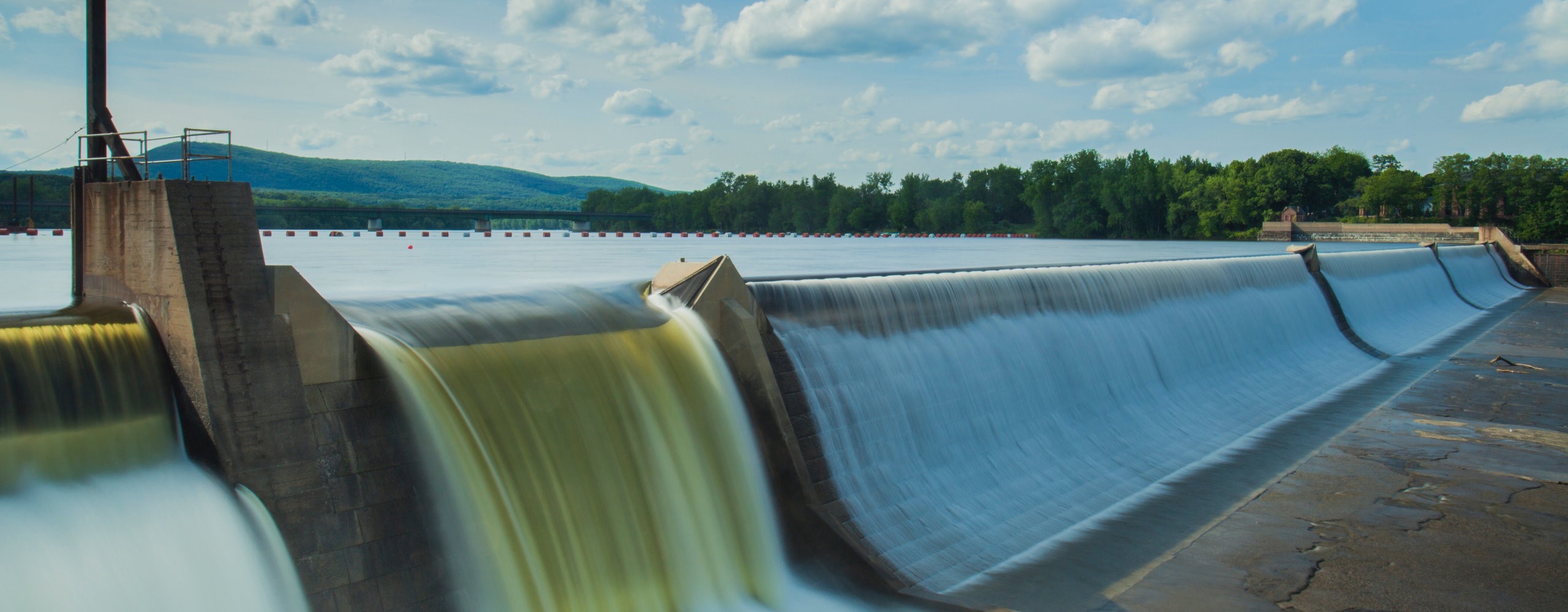
Discrete modelling of lime kilns (2016)
KERNEOS Aluminate Technologies wishes to exploit the bauxite fines generated during the extraction, conditioning and transport of bulk bauxite, which are currently unused. To achieve this objective, the PARC project was built around 2 academics and 4 industrial companies, experts in their field.

Numerical modeling of dredged sand filled geotextile tubes behavior under seismic loading (2016)
A nearshore 120m long causeway is planned for the Mozambique LNG TMOF Project. Geosintex S.R.L. proposes a structure composed by synthetic geotubes (see Figure) for protecting the road against erosion. The mechanical behavior of this structure must be understood better. The evaluation of the potential for liquefaction of the road sandy basement and the geotubes filling material is of particular interest.

Definition and flow analysis of UFM model for the Forsmark site (2016)
The Forsmark site is studied in the context of the Swedish nuclear disposal project. One key step is defining, at the relevant depths ‐ from 200 to 400m ‐ a Discrete Fracture Network (DFN) model. The DFN modeling framework is based on simplified rules that mimic the kinematic processes governing fracture nucleation, growth and arrest (models are named UFM for likely Universal Fracture Model).

Regional-Scale Stress Model of the Stockholm Area (2016)
New metro lines are planned in Stockholm, comprising a total length of approximately 20 km with 10 new stations, mostly located underground. One of the new lines will pass under Saltsjön (a bay of the Baltic Sea) and through a major regional large-scale geological structure. The stress magnitudes and orientations around the structure are highly uncertain, and stress measurements are not practically possible near the structure. To quantify possible stress conditions near the structure, discontinuum threedimensional numerical modeling was conducted.

Liquefaction Risk Mitigation using Jet Grouting Cells (2016)
Trevi Group has been involved in the design-build of a commercial building in Turkey in an area prone to liquefaction. The foundation of the building is located approximately 10 m below original grade, which still leaves about 10-12 m of potentially liquefiable sand underneath the bottom slab.

Ore Pass Design - A Modeling Study (2015)
The LKAB mining company is currently carrying out investigations for a potential continued mining at depth in the Malmberget mine. Part of this work involves design of ore passes. The ore passes are a vital part of the transportation chain, and has, historically, been subject to extensive instabilities leading to closing and re-development of ore passes.

Tunneling in Mixed Face Conditions (2015)
A research project on tunneling in mixed face conditions (rock-soil) was carried out with the aim to increase the knowledge and to better understand deformation mechanisms when these particular conditions arise. A back analysis of a case study involving the tunnel passage under the Maria Magdalena church was performed as a second task of the project, in which soil stratigraphy, rock/soil reinforcement, and extraction sequence were simulated explicitly and in detail.

Guidelines on Design of Rock Excavations (2015)
In 2009, the Swedish National Rail Administration presented a handbook with guidelines for the design of the load-bearing structure of rock tunnels. Following the merging of several transport administrations into The Swedish Transport Administration, an updated version of the handbook was required.

Hopper discharge and flow comparison against experiments (2015)
Evaluate the feasibility of using the distinct‐ element modeling to study the flow and segregation of frictional particles without cohesion.
Simulate an experimental test corresponding to the charge/discharge of a scale model batch hopper.

Hydrogeologic and Geochemistry Support for Open Pit and Underground Mining at Ernest Henry Mine (2015)
The Ernest Henry Mine is a large open pit copper mine with deeper mineralization that was targeted for underground mining. A Feasibility Study (FS) was conducted to evaluate the potential for mining of the underground component by sublevel‐caving methods.

Chenab Railway Bridge Abutments (2015)
The Udhampur-Srinagar-Baramulla Rail Link (USBRL) project is a railway line linking the Kashmir Valley to the rest of India through the Himalayas. At 110 km long, this section consists of 88 km through tunnels and 11 km over bridges and viaducts. The Chenab River Bridge will be a concrete-filled truss steel arch bridge 359 m above the river valley, with a main span of 467 m and a total length of 1,315 m, making it the highest bridge deck and the seventh-longest spanning arch bridge in the world.

SKB Apsö UFM application (2015)
SKB asked ITASCA to apply an advanced modelling framework (UFM) on the Äspö site to estimate its consistency with structural and hydraulic data. The UFM modelling framework (detailed in Davy et al., (2010, 2013)) is used to assess fracturing parameters and improve the DFN models in Äspö using in‐depth data.

Lake Livingston Hydropower Plant (2015)
The project involves a cut-and-cover derivation tunnel that delivers water to the power house where the turbines are located. All the components of the plant (headrace, Intake, penstock, powerhouse, and tailrace) require earth retaining structures during construction.

Estimation of Fracture Shear Displacements due to Slot Excavation (2015)
The main objective of the project was the estimation, via numerical modelling, of the displacement induced in fractures by the excavation of destressing slots at the Äspö Hard Rock Laboratory.

Numerical dynamic analysis of the stability of a tailings dam and evaluation of liquefaction potential (2015)
The tailings dam “Benkovski 2” is located about 7 km away from the flotation plant in the village of Mirkovo, Sofia region. It occupies an area of about 4 km2, and consists of two main gullies with different names for the two main negative landforms, "Ai Dere" and "Suludja Dere“. A dynamic analysis of the tailings dam, considering the liquefaction potential, is essential for assessing the stability of the tailings dam.
